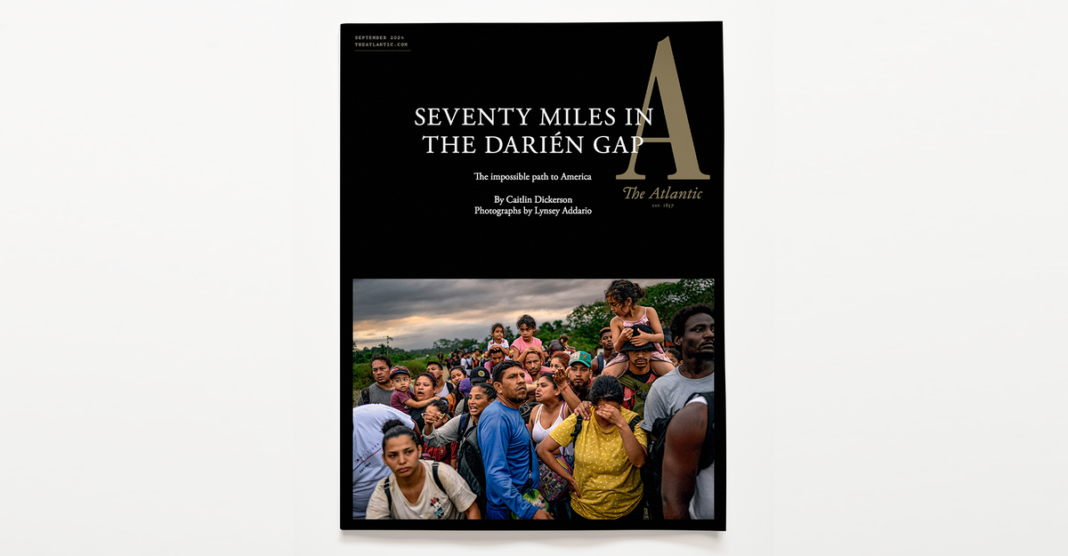The Atlantic’s September Cover Story: Caitlin Dickerson Reports on “Seventy Miles in the Darién Gap,” and the Impossible Path to America
Introduction
In The Atlantic’s September cover story, journalist Caitlin Dickerson explores the treacherous journey that migrants from Central America undertake to reach the United States. The story focuses on the Darién Gap, a remote and dangerous stretch of jungle that lies between Colombia and Panama, and the devastating impact it has on those seeking refuge in America.
The Darién Gap: A Deadly Obstacle
The Darién Gap is a dense and unforgiving jungle that spans approximately 70 miles, making it one of the most challenging terrains in the world to traverse. Migrants attempting to cross the gap face a myriad of dangers, including venomous snakes, jaguars, and armed smugglers. Many do not survive the journey, succumbing to illness, dehydration, or violence.
The Human Cost
Dickerson’s reporting sheds light on the human cost of the Darién Gap, recounting the stories of individuals who have risked everything in pursuit of a better life. She highlights the desperation that drives people to take such extreme risks, often leaving behind their families and communities in search of safety and opportunity.
The U.S. Immigration System
While the dangers of the Darién Gap are clear, Dickerson also examines the challenges that migrants face once they reach the United States. The current immigration system is complex and often unpredictable, leaving many in legal limbo as they await asylum hearings or deportation proceedings.
The Search for Solutions
As the debate over immigration reform continues, Dickerson’s reporting serves as a powerful reminder of the human toll of policy decisions. She calls for a more compassionate and comprehensive approach to addressing the root causes of migration, rather than relying on deterrence tactics that only serve to push people further into harm’s way.
Conclusion
Caitlin Dickerson’s September cover story for The Atlantic offers a sobering look at the harsh realities faced by migrants attempting to cross the treacherous Darién Gap. Through her powerful reporting, she emphasizes the need for a more humane and sustainable approach to immigration that addresses the underlying drivers of migration and protects the rights of those seeking refuge in America.
FAQs
What is the Darién Gap?
The Darién Gap is a remote and hazardous jungle region that lies between Colombia and Panama, spanning approximately 70 miles. It is known for its dense vegetation, dangerous wildlife, and treacherous terrain, making it one of the most challenging areas in the world to cross.
Why do migrants risk crossing the Darién Gap?
Migrants from Central America often undertake the perilous journey through the Darién Gap in search of safety, opportunity, and a better life in the United States. Many are fleeing violence, poverty, and persecution in their home countries, and see crossing the gap as a necessary step towards a brighter future.
What can be done to address the challenges faced by migrants crossing the Darién Gap?
Efforts to address the challenges faced by migrants crossing the Darién Gap must focus on addressing the root causes of migration, such as violence, poverty, and inequality. Providing safe and legal pathways for migrants to seek asylum and protection is essential, as is ensuring that their rights and dignity are respected throughout the immigration process.




